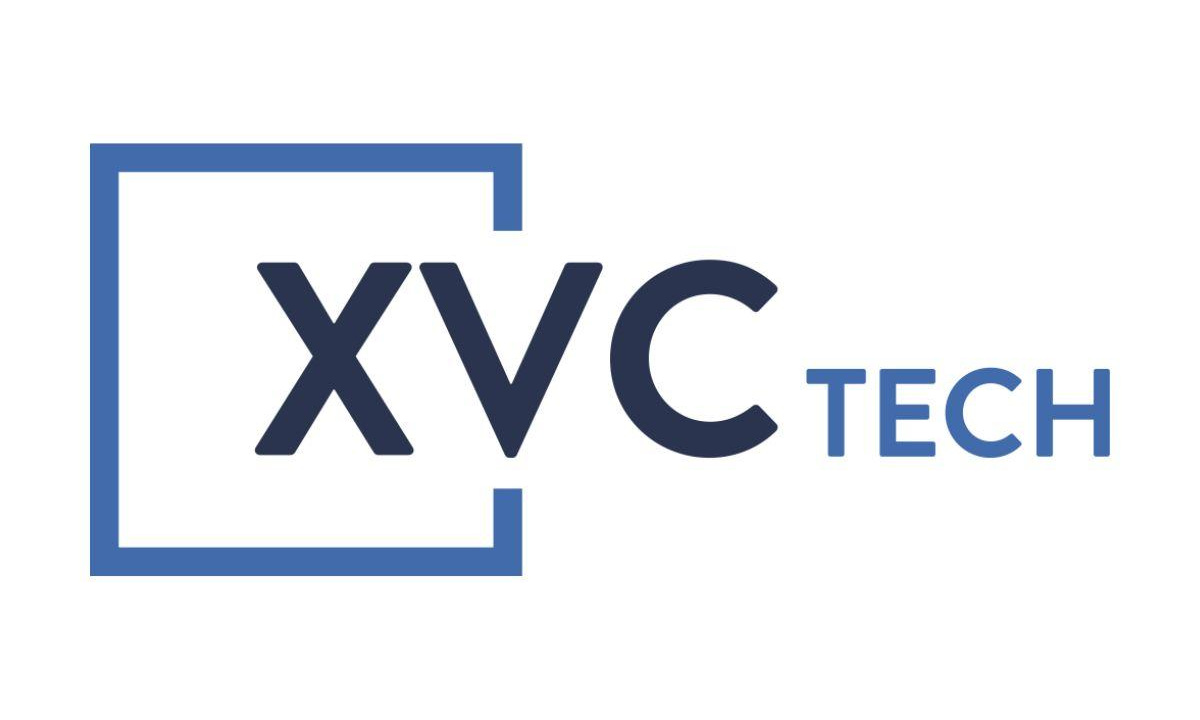In 2014, Vitalik Buterin and the other co-founders launched Ethereum, the now third biggest cryptocurrency in the world. The problem of scalability has always been part of the conversation, with Ethereum developers all agreeing that a period of theoretical problem-solving leads to the challenge of developing an “Ethereum 2.0” which solves the scaling problem and delivers on the promise of creating a vast distributed “world computer”.
Currently, Ethereum still operates using a Proof of Work (PoW) mining protocol on it’s mainnet. However, Ethereum 2.0 will mainly be supported by a Proof of Stake framework where the Beacon Chain will be central to all that takes place on the network. The Beacon Chain is expected to be the first component of the Ethereum 2.0 framework to be delivered and will effectively act as the groundwork of the new system which will fix up any loose ends and deliver the much-needed scalability.
As stated by BTC Manager:
“Ethereum developers hope to solve the problem of excessive energy usage caused by PoW mining and network congestion that strangulates dApps with high gas fees. Shard chains will initially achieve scale on Ethereum 2.0 by aggregating transactions and reaching consensus on their ordering while leaving the actual hashing to the main chain. The final layer of the Ethereum 2.0 system is the VM layer, which will provide a framework for executing smart contracts and transactions in the manner of the current Ethereum mainnet.”
The importance of the Beacon Chain is vital for the system. Its main function is to look over the way the PoS protocol is sent out for both itself and the plethora of shard chains which ensure scale on Ethereum 2.0.
In addition to this, it functions include nominating block proposers, looking over validator committees which are commonly voted on proposed blocks, approving and managing validator committees, enforcing regulations using penalties and rewards and proving a central anchor point for shards to report to on a regular basis so that cross-shard transaction execution is facilitated relatively quickly.
“Among a Beacon Chain’s many functions is the work of maintaining a set of nodes as block validators. These nodes each stake the required sum of 32 ETH, and they are essentially central to the running of the entire Ethereum 2.0 system. When a node sends the 32 ETH stake to a smart contract on the existing PoW mainnet, it is then locked up following a few validity checks and the information is transmitted to Beacon Chain clients.”
What are your thoughts? Let us know what you think down below in the comments!
Investment Disclaimer







